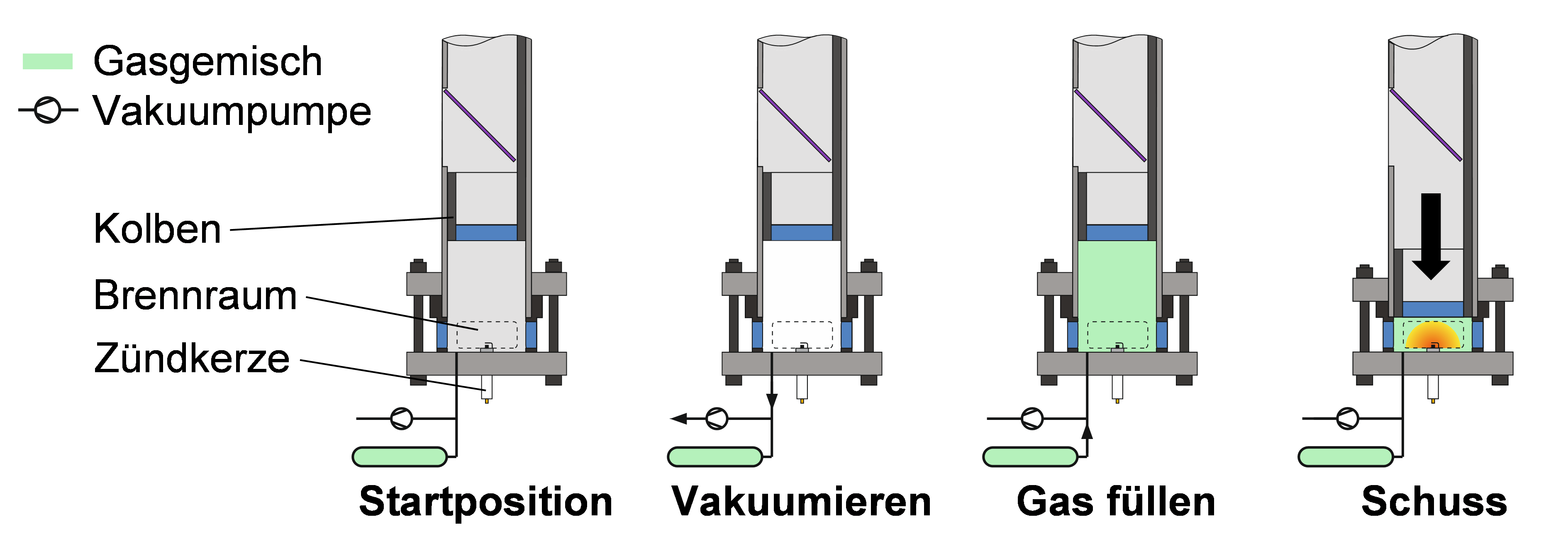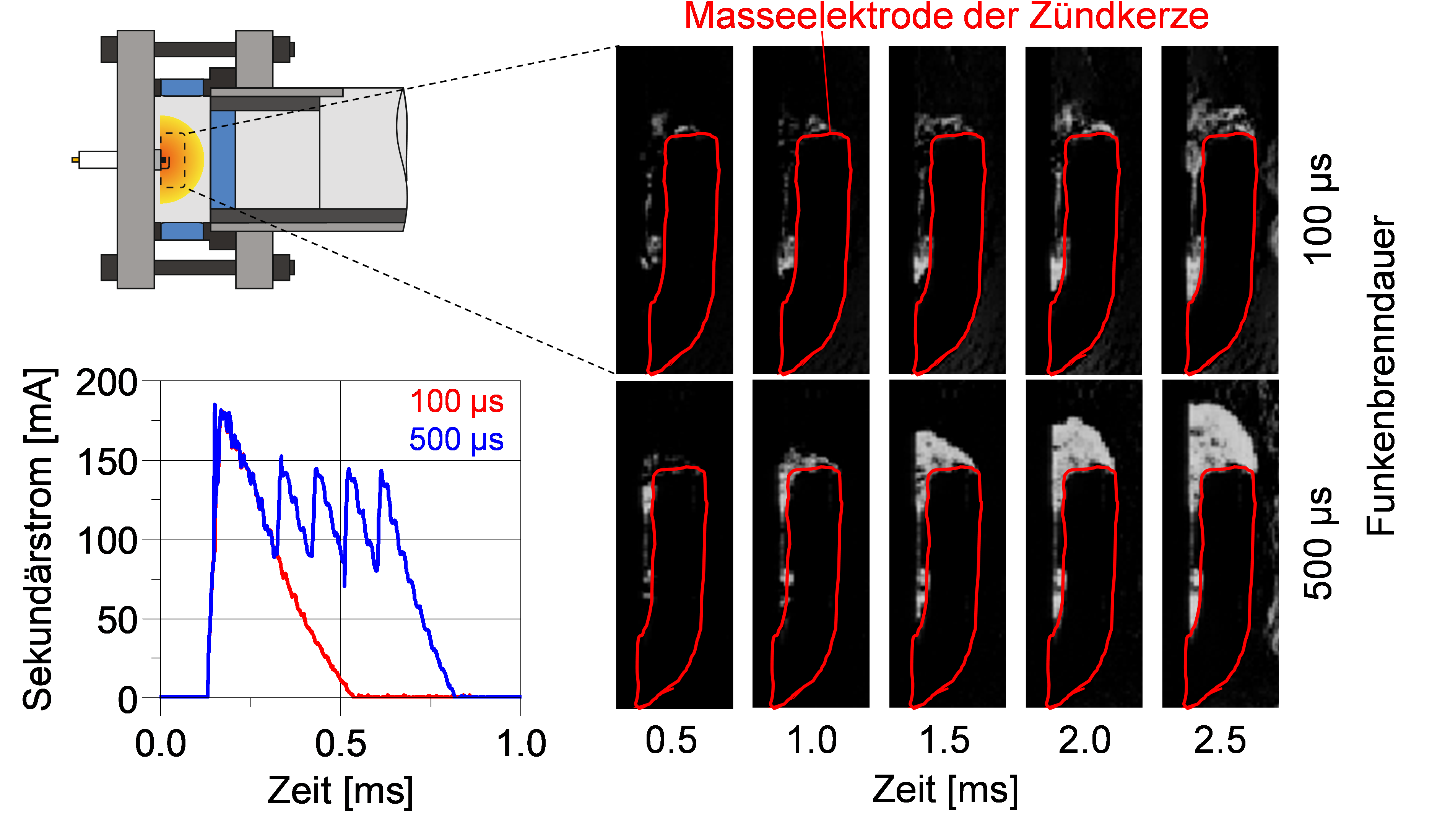Figure 2: Influence of spark burning time on flame core formation
Investigations on the Ignition Process using Electrical Spark Ignition on a Single-Stroke Engine (RCEM)
Due to the constant trend towards higher IMEP and leaner air-gas-mixtures in large gas engines, safe ignition of the mixture in the combustion chamber has great importance in order to keep cyclic combustion fluctuations in an acceptable range. Therefore, it is essential to create a deeper understanding of the processes during ignition and in the early phase of combustion.
The single stroke engine (Rapid Compression Expansion Machine, RCEM) was used in combination with an electric spark ignition system to investigate in detail the influence of the combustion duration of the ignition spark on the early phase of flame core formation in premixed gas-air mixtures under defined boundary conditions and with excellent optical accessibility. The test procedure used for this purpose is explained more in detail in Figure 1.

Figure 1: Test Sequence for investigating the ignition process at the RCEM
For the investigations, the combustion chamber was first evacuated in the starting position of the piston. Then the premixed lean gas-air mixture was filled in with the required pressure. Finally, the piston was shot pneumatically to TDC and the combustion was initiated at a defined start of ignition.
For the fundamental analysis of the processes in the combustion chamber, optical investigations were taken in the area of the spark plug electrode using a Schlieren structure and a high-speed camera. A selected result of these investigations shows that the initial flame core in the area of the spark plug electrodes develops more slowly at a spark burning time of 100 µs than at 500 µs. An important finding is that the acceleration of the flame core formation by increasing the spark burning duration is limited, because after a certain time there is no change in the combustion process (not shown). With the RCEM many further questions in the field of flame core formation can be investigated. In particular, the influences of the settings of the ignition system and the spark plug geometry can be examined in detail.
